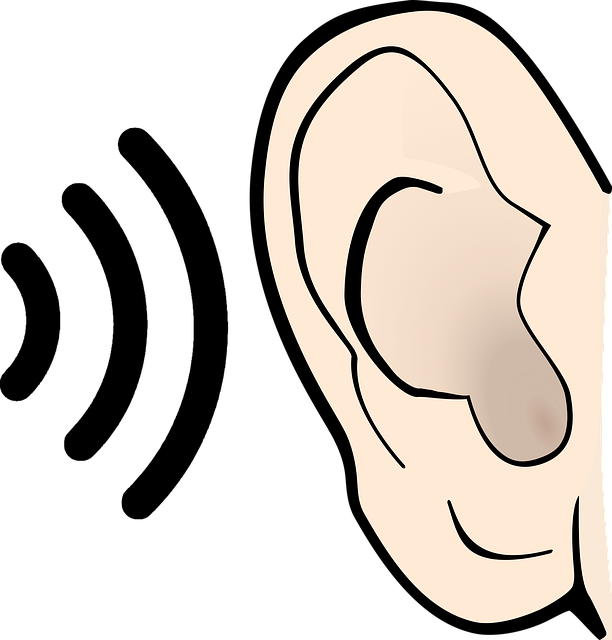
In Part One, we looked at how trials of ‘noise cameras’ are about to begin, aimed at reducing the nuisance caused by excessively loud vehicles. But will all motorists get even-handed treatment? How do we balance the rights of different groups? And where do soft limiters fit into all this?
Off we go…
One rule for all?
The introduction of noise cameras raises questions about even-handed treatment of different types of motorists. As we see it, there are two main groups of car owners who are likely to fall foul of noise regulations:
- owners of mass-market cars fitted with aftermarket exhausts and other modifications
- owners of high-powered supercars and hypercars.
It’s pretty obvious that the two types of owners generally fall into different income brackets and demographics. And it seems equally clear which one the legislation is aimed at. As we pointed out last time, the former transport secretary Anne-Marie Trevelyan specifically mentioned modified cars, echoing her predecessor Grant Shapps’ call to “banish the boy racer” (not a term that conjures up drivers of Lambos and Ferraris).
So, is the government letting the super-rich off the hook whilst penalising everybody else? Actually, probably not. A noise camera can’t discriminate between the two groups; it will trigger fines whatever your income bracket. Picking out car modders/boy racers is simply some lazy stereotyping on the part of successive transport secretaries. And to be fair, on a statistical basis, modded hatchbacks create far more noise nuisance than supercars. There’s just a lot more Vauxhalls and Fords on the road than Koenigseggs.
Now of course, if noise cameras end up being sited in Macclesfield but not Mayfair…
Balancing rights and freedoms
As might be expected, the noise camera trials are evoking quite a range of reactions. As a barometer, we read the comments section on the RAC news article covering the trial.
Most people were wildly supportive, posting up their own complaints about noisy cars in their area. But not everyone was so happy. A significant percentage saw the noise as trivial, or pointed to other sources of noise (from booming music to bin lorries), or saw the trials as yet another attack on motorists by an oppressive state. For example:
Yet another way to remove the private car owner off the road.
and
Another step by the Orwellian Government this time to tackle so called hooliganism derived from noisy engines and exhausts…It will not be far down the road before any vehicle which is not electric will be banned from city centres first and then spread out countrywide.
So how do we balance the wishes of peace-and-quiet lovers with loud car enthusiasts?
- We could say that the majority don’t want noisy cars, so therefore we should remove these from our roads. However, in most areas, society has moved past simply ruling in favour of the majority to encompass minority needs and interests.
- We could say that you only have a right to make noise if it doesn’t affect other people. But by that logic, you could never use a lawnmower or have fireworks if they disturbed your neighbour.
- We could judge the costs of noise (stress, possible ill-health) as greater than the costs of restricting it (less pleasure for some owners). Yet we only apply this principle in some cases (e.g. we restrict smoking in pubs), but not in others (e.g. we don’t restrict environmentally unfriendly luxury cruises).
It’s all a philosophical head-scratcher. One thing is for certain: if the greatest minds in history couldn’t crack the problem of competing interests, we’re not going to do it on here. And maybe it’s a moot point, because the government has already come up with a compromise solution which tries to satisfy different groups: the law sets the car noise limit at 72dB limit. Noise cameras are a way of enforcing what’s already been democratically agreed on.
What future for noisy cars?
If noise cameras become widespread, they could be a strong disincentive for owning a loud car — in the same way that speed cameras have reduced speeding incidents. And that could be just another nail in the noisy car coffin, along with the rise of soft limiters and electric vehicles.
Soft limiters are electronic controls that reduce the revs the engine can reach when the car is stationary. A typical limit is 3500 -4000 rpm. As soon as the car starts moving, the regular rev limit is reinstated. Soft limiters stop enthusiastic owners from sitting in their cars, revving its dangly bits off. This reduces the potential for engine damage, and excessive wear, and also restricts the racket that the car can produce, at least when its sitting on a driveway or in a car park.
Soft limiters have been adopted by a number of manufacturers, including Volkswagen Group, and is likely to become even more widespread. Determined modders can get around the soft limiter with an ECU remap, but that takes money and effort.
The other noise-reducing trend is the introduction of electric cars. Sales in the UK of battery electric vehicles are currently around 15%. Although it will be a few years before BEVs start to dominate UK roads, they are gradually moving the needle in terms of what we see as acceptable noise – both as passengers and bystanders.
Taking these three factors together, it’s quite possible that noisy cars will go the way of the dinosaurs long before the internal combustion engine disappears.
Whether that’s a return to peaceful sanity, or the victory of the fun-busters, we’ll leave you to quietly contemplate.
The WVS blog covers a wide range of automotive topics, from the contentious to the light-hearted. We are an independent garage specialising in all the VW group marques, including Audi, Volkswagen, Skoda and SEAT. WVS provides services, repairs and MOTs, delivering a main dealer level of care at affordable prices. To book your vehicle in, or for any enquiries, get in touch.
